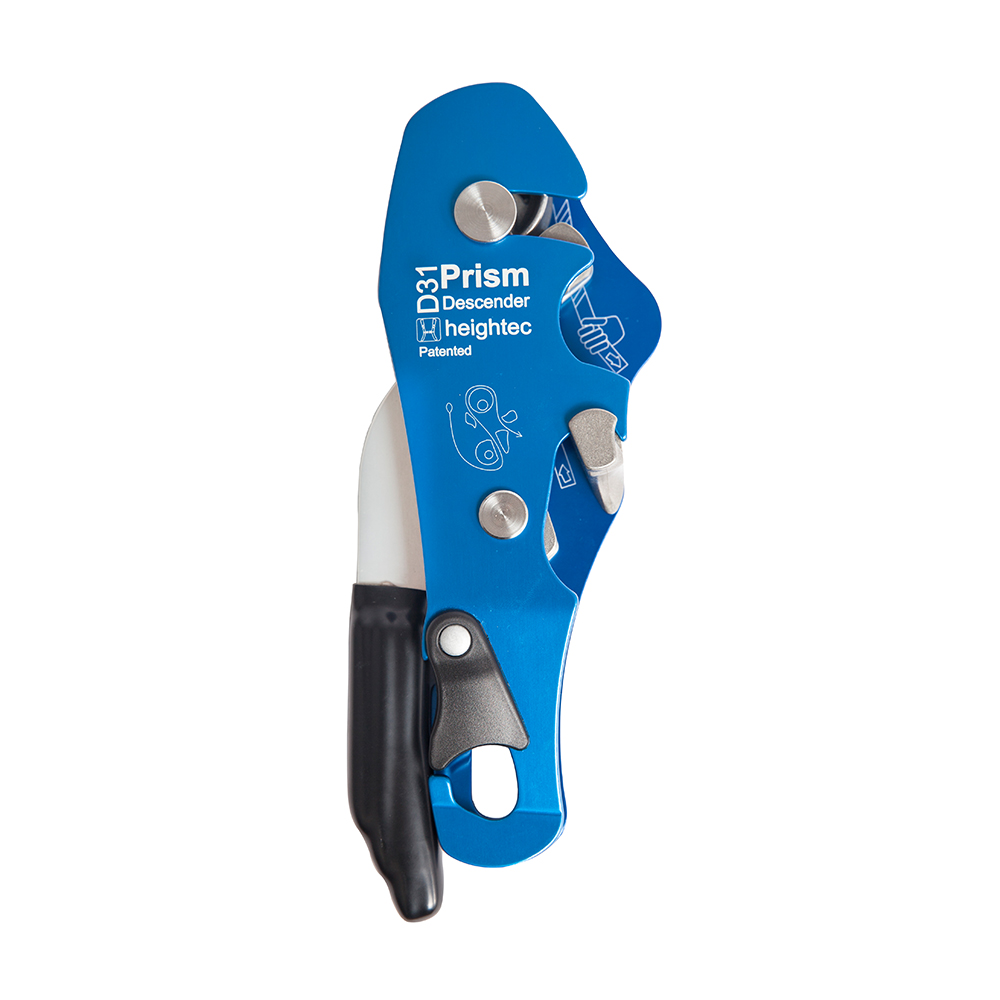I'd say "tip top condition" is a slightly polemic choice of words, a single caving trip can give your brand spanking new gear an appearance that would make any non-caving wise H&S
monkey employee blanch at the idea of continued use - but I would deem perfectly safe (metalware), though other bits may not be (soft goods).
Ultimately any cavers life entirely depends on their SRT kit, if that's not motivation enough to keep it in good shape I don't know what is.
@cap n chris :
Looks like we're on the same page when it comes to the Stop though, I'm simply delaying the inevitable by using a specially manufactures stainless top bobbin and getting my mitts on a couple of the remaining bottom (handle) bobbins. Only managed to wear a single aluminium side plate in 10 years, so probably fine on that front. Then for digging/ trade routes I use a BMS rack which sees most of the wear*, but find an old style Stop way superior for rigging.
*and I would thoroughly recommend to anyone putting in a decent mileage on ropes, about 3km for the top bobbin which you can then flip to get 6km. For reference the top bobbin of my Stop needs replacing every 1.5km or so, the bottom bobbin about 4km. This is predominantly Derbyshire digging on in situ ropes, Yorkshire will provide better numbers.




